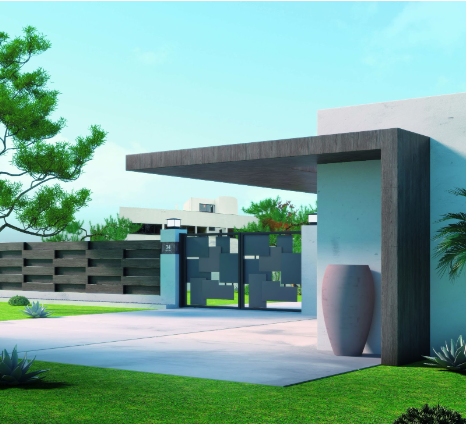When it comes to interior finishes, gypsum board and PVC ceiling are two popular options that offer durability, versatility, and aesthetic appeal. Choosing between the two can be a daunting task, as both have their unique advantages and considerations. In this article, we will delve into the key factors to consider when deciding between gypsum board and PVC ceiling, providing you with a comprehensive comparison to help you make an informed decision.
- Material Composition:
Gypsum Board:
Gypsum board, also known as drywall or plasterboard, is made from a core of gypsum sandwiched between two layers of paper. This composition gives it excellent fire resistance properties, making it a preferred choice for areas with strict fire safety regulations.
PVC Ceiling:
PVC ceiling, on the other hand, is made from polyvinyl chloride, a synthetic plastic polymer. It offers exceptional moisture resistance, making it suitable for areas prone to high humidity, such as bathrooms and kitchens.
- Installation and Ease of Use:
Gypsum Board:
Gypsum board installation requires skilled labor and can be time-consuming. It involves cutting, fitting, and securing the boards to the wall or ceiling using screws or adhesive. However, gypsum board offers flexibility in terms of design and can be easily shaped to accommodate architectural features.
PVC Ceiling:
PVC ceiling installation is relatively easier and quicker compared to gypsum board. It usually comes in interlocking panels that can be easily fitted together using a tongue-and-groove system. PVC ceiling also offers a wide range of design options, including various colors, patterns, and textures.
- Durability and Maintenance:
Gypsum Board:
Gypsum board is known for its durability and longevity. It can withstand normal wear and tear and is resistant to cracking, warping, and shrinking. However, it is susceptible to water damage and may require repairs or replacement if exposed to excessive moisture.
PVC Ceiling:
PVC ceiling is highly durable and resistant to moisture, making it ideal for areas with high humidity levels. It is also resistant to mold and mildew, making it a low-maintenance option. Regular cleaning with mild soap and water is usually sufficient to keep it in good condition.
- Aesthetic Appeal:
Gypsum Board:
Gypsum board offers a smooth and seamless finish, providing a clean and modern look to any interior space. It can be easily painted or textured to achieve various design effects, allowing for customization according to individual preferences.
PVC Ceiling:
PVC ceiling offers a wide range of design options, including decorative patterns, embossed textures, and even imitations of natural materials like wood or metal. It can add a touch of elegance and sophistication to any room, enhancing its overall aesthetic appeal.
Conclusion:
In conclusion, both gypsum board and PVC ceiling have their unique advantages and considerations. Gypsum board excels in fire resistance and design flexibility, while PVC ceiling offers superior moisture resistance and ease of installation. Consider factors such as the intended use, location, budget, and desired aesthetic when making your decision. Ultimately, the choice between gypsum board and PVC ceiling depends on your specific requirements and preferences, ensuring a perfect interior finish that meets your needs.

